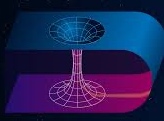
Episode #741
April 15, 2023
The Earth is not flat.
Prior to ancient Greek calculations, observation dictated that the Earth was flat. The popular belief was that ships sailing far enough to sea would fall off the edge. Those Greek calculations showed that the Earth was a sphere, but no one could prove it. Prior to Columbus’s attempt to sail to Asia there was no direct evidence that the earth was round.
Some observation suggested the Earth’s roundness, such as the fact that a sailboat sailing out to sea disappeared from the boat’s hull to the tip of the sail. It seems to sink, not fall off the edge, bow to stern.
But Columbus needed faith in his belief that the Earth was round since no one had, as of then, sailed to Asia from Europe.
When we think of traveling to another solar system or another galaxy we think of it as a straight and flat flight. The Universe, however, is not flat.
There are places where Space-Time folds. Massive gravitational influences, such as from galaxies interacting with each other, cause Space-Time to bend. In those regions areas that are light years apart are actually very short distances away from each other.
Imagine folding a piece of paper in half. Now pierce the two thicknesses of paper with a nail. If you draw a line from one hole to the other along the surface of the paper the distance is several inches. If you measure from one hole to the other along the nail, the distance is very small.
The holes created by the nail are like the two mouths of a wormhole.
Here is a rendering of what a wormhole in space may look like:
A wormhole is a theoretical short cut through Space. Conceived in 1916 by physicist Ludwig Flamm, an Einstein-Rosen bridge (AKA wormhole) was first proposed in a scientific paper by physicist Albert Einstein and mathematician Nathan Rosen. Their idea was that a wormhole can connect different points in our Universe where the folds are close together.
Wormholes might even provide a tunnel between different universes.
Wormholes have been a favorite feature in popular science fiction.
“Stargate” uses a circular stone alien structure to pass through a wormhole to another planet.
In “Interstellar” humanity migrates through a wormhole to another solar system to escape a failing Earth.
“Star Trek” uses wormhole conduits as shortcuts through Space.
My favorite is “Doctor Who,” who uses “space-time portals” to travel to different galaxies and to different Times.
Wormholes have not been observed, but calculations and the imagination of humans indicate that they might exist.
If humans desire to explore the Universe a good start is to believe that they can.
“Whatever the mind of man can conceive and believe, it can achieve.”
-Napoleon Hill.
PLEASE BUY MY BOOKS:
“Skydivers Know Why Birds Sing” by Ricki T Thues is now available on Amazon.
It is a Love story of Rick and Paula Thues and their 35 years of Skydiving.
Click HERE to buy the paperback or Kindle ebook at Amazon.
Follow Ricki T Thues on Amazon HERE.
ALSO AVAILABLE:
“Technically Human” by Ricki T Thues, the iMentor, is available on Amazon.
It is a compilation of selected episodes from this bLog which tell the story of Humanity through the eyes of the iMentor.
Click HERE to buy the paperback or Kindle ebook at Amazon.
The ebook version of “Technically Human” is also available on Kobo. Click HERE.
For you Barnes and Noble Nook readers it is available for Nook. Click HERE.
The “Technically Human” ebook is also available on Apple Books . Click HERE.
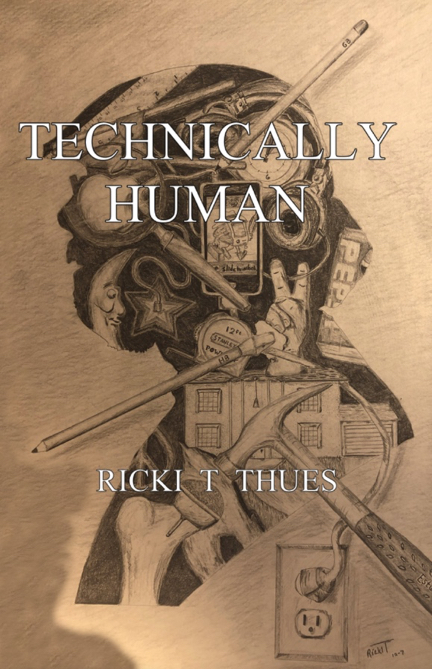

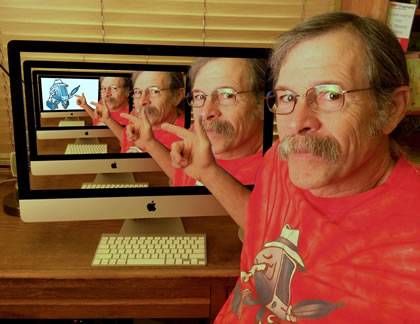
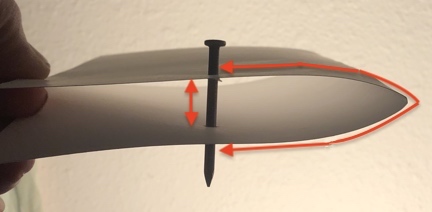
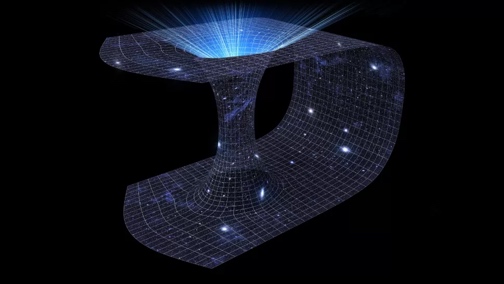
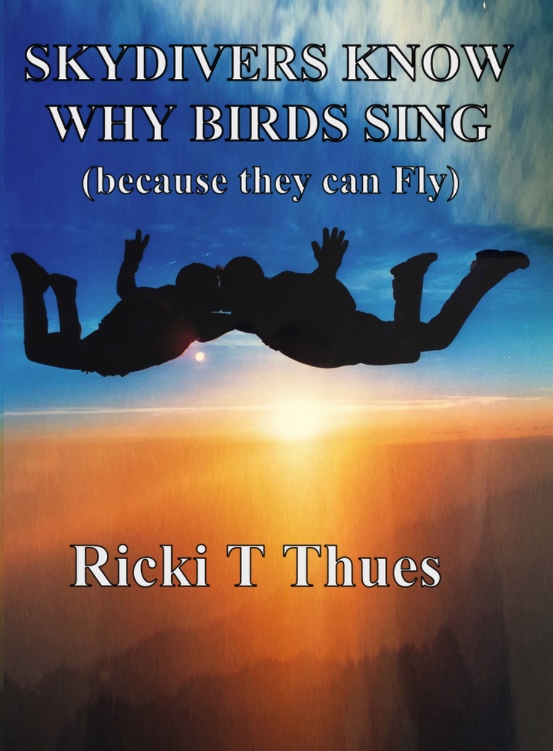


Mind blown!
Columbus knew our planet is round, but he thought it was small. He was wrong.